#rusyn
Explore tagged Tumblr posts
Text
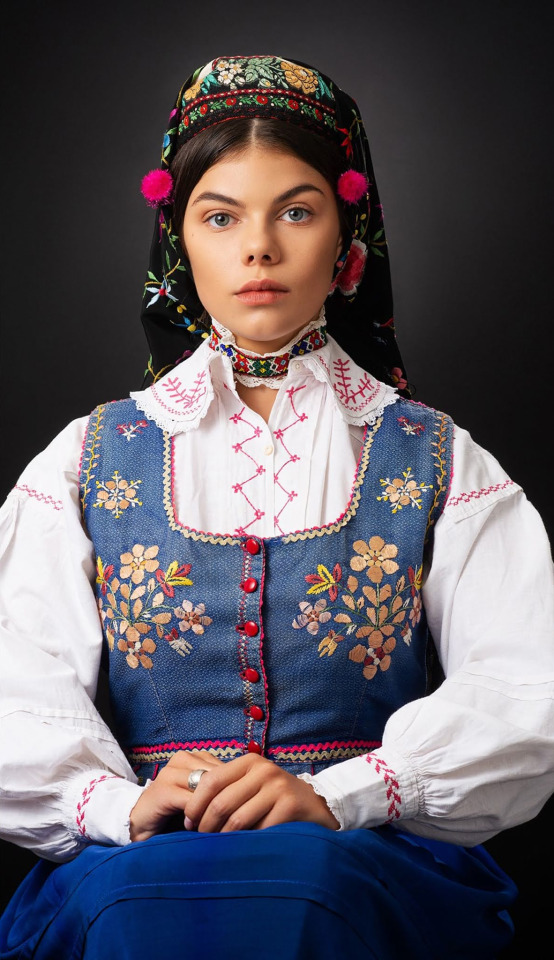
Lemko woman, Ukraine, by Ксенія Малюкова
#lemko#rusyn#ukraine#europe#eastern europe#folk clothing#traditional clothing#traditional fashion#cultural clothing
432 notes
·
View notes
Text
The word “Slavs” in the Slavic languages
Old Church Slavonic: Словѣне (Slověne)
Ukrainian: Слов’яни (Slovjany)
Slovak: Slovania
Czech: Slované
Polish: Słowianie
Kashubian: Słowiónie
Silesian, Lower Sorbian: Słowjany
Upper Sorbian: Słowjenjo
Slovene: Slovani
Serbian, Macedonian: Словени (Sloveni)
Montenegrin: Словјени (Slovjeni)
In these languages the pronunciation of the root has shifted from /o/ to /a/:
Russian, Belarusian, Rusyn: Славяне (Slavjane)
Bulgarian: Славяни (Slavjani)
Croatian, Bosnian: Slaveni
#slavs#slavic#ukrainian#slovak#czech#polish#kashubian#silesian#sorbian#slovene#serbian#macedonian#montenegrin#russian#belarusian#rusyn#bulgarian#croatian#bosnian
185 notes
·
View notes
Text


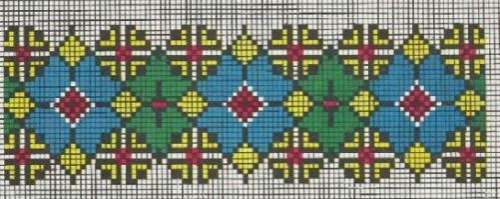

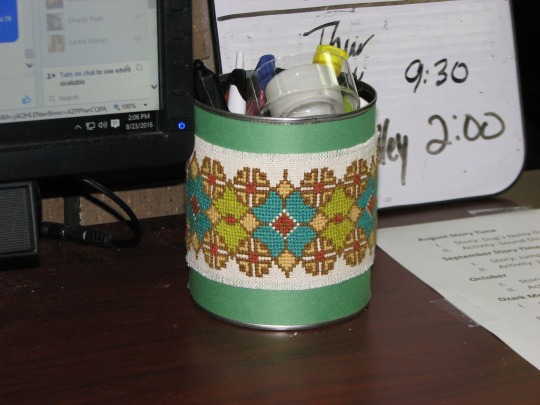
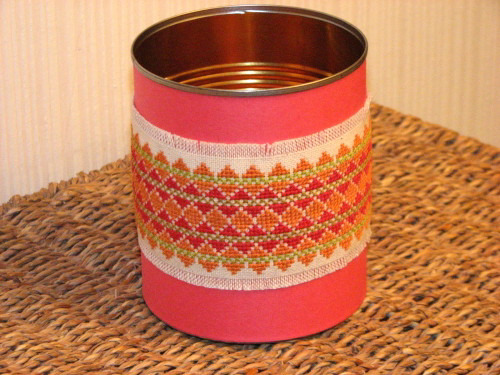
More older pieces.
The orange pattern is Rusyn and the blue/green is from Ukraine.
47 notes
·
View notes
Text
"Our Father" performed by "Rozanov" choir of Greek Catholic Ruthenian community in Djurdjevo, Serbia.
13 notes
·
View notes
Text
being a rusyn and extremely proud of my tiny little beautiful minority heritage while not being pagan, eastern orthodox or greek cath. gives me such massive imposter syndrome vibes. i know modern rusyn leaders are sort of trying to divorce religion a little bit to attract the young people back but religion was and remains such a critical component of rusyn culture. and because i’m actively being Jewish im like well. can’t really say slava isusu chrystu so ahoj it is i guess. like did y’all have to make everything about the church or paganism omg 😔
also it’s not like there weren’t or aren’t jewish rusyns cause we lived together very closely and affairs did happen despite intermarriage being totally not allowed on all sides (how i became ashkenazi LMFAO) bc the rusyn boys liked the pretty jewish girls but it’s so uncommon there’s probably like three others in the world and i feel like some kind of weird fuxked up ethnoreligious show pony
#jumblr#rusyn#lemko#hutsul#boiko#dolinyan#rusznak#rusyny#RUSYNBLR#religion#ethnoreligion#identity crisis#very cool
21 notes
·
View notes
Text
I'm seeing more Slavic AUs in all kinds of fandoms
As an American of Slavic descent (specifically Carpatho-Rusyn) I'm kinda psyched. I didn't have this on my 2024 bingo card but I'll take it
5 notes
·
View notes
Text
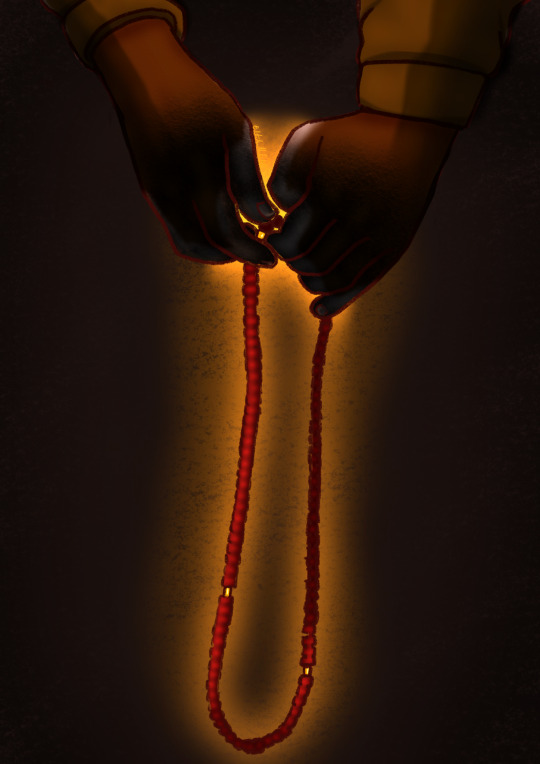
In doing some family research, I found that it’s likely my great-great grandfather, who’s generally remembered in our family as a founder of a church and priest, may have worked in or around coal mines. So I started having feelings about that particular experience and here we are
3 notes
·
View notes
Text
youtube
Hrdza - Stephen (Rusyn)
#folk rock heavy on the folk#hrdza#stephen#štefan#rusyn#русиньскый#rue#slavic#indoeuropean#europe#2018#2010s#folk#folksy friday#Youtube
1 note
·
View note
Text
This is so, so random, but a few years ago I decided to start doing research on my genealogy. I did this by finding my ancestors' names through obituaries. While I've been able to go back some generations through both parents, not all have gotten me very far. For example, my dad's paternal side only goes back to my grandpa's grandpa. In my mom's maternal side, I've been able trace it back pretty dang far. Not sure how far, but far enough. The only side I haven't looked into yet has been my mom's paternal side. I'm not sure why I haven't look into it, I just haven't.
But out of all of the ethnicities I've been told that makes up my blood, the only one I'm 100% sure on is Rusyn. This is on my mom's maternal side for reference, and oddly enough it's been the only ethnicity my family didn't know about (so far).
One thing I have noticed, is that at some point, and lot of places my ancestors have come from have all been Austria at some point in time, despite being told I'm not Austrian. Like, it may not be Austria now, but it was at some point.
I'd like to keep digging, but I'm losing track of my family tree. Some of it does go back pretty far and I don't subscribe to any of the ones online since they're super expensive. Maybe I could make one out of paper and just, fold it up and keep adding more sheets to it or something. idk.
0 notes
Text

Rusyn woman, Ukraine, by Serhij Mazur
#rusyn#ukraine#europe#eastern europe#folk clothing#traditional clothing#traditional fashion#cultural clothing
324 notes
·
View notes
Text
І словом і ділом
Доброго здоровля, честовані читачі. Нись пудоймеме непросту тему. Є в русинському сеґментови інтеренета давня „традиція“: абсолютна бӯлшина русинськых проектӯв, блоґӯв і т.д. держить ся на єдному – на ентузіазмови автора. Ісе ниє пӯдло вать добре, но часто русинськый проект „умирать“ лиш спозад того, ож його автор „выгорів“, стратив інтерес, не має уд свої часозатратної чинности ниякої уддачі, кроме, само-собов, крит��кы.
Завто туй збереме изпис русинськых проектӯв тай творцюв, котрых исьте годни пудпорити матеріально через донатні платформы Patreon, Buy me a coffee, вать иншым способом. І діло туй не у тому обы когось спонсоровати, а у мотивації. Важна хоть яка дрӯбля, лиш обы чилядник відів ож його роботу видять тай цінять. Даже кідь лиш ся двоє творцюв начнут пудпоровати взаємно тай уйдуть у "ноль", уже ся посунеме з міста.
Ісе перша вирсія изписа; надале, кідь исьте автор, давайте за ся знати тай заведіть профіль на донатнӯв платформі. Пудпорім свойых не лем словом, но і ділом!

Ітак, изпис:
> 📖 The Society for Rusyn Evolution / Общество про русинськый розвуй
Patreon https://www.patreon.com/srevolution
Сайт https://rusynsociety.com/
SRE/ОРР ото уже добре знама трансконтинентальна русинська орґанізація научно-популарного шора. Веде блоґы на соціальных сітках. На типир центральными інтересами ОРР є выдавательська чиннӯсть, диґіталізація книг, пудпора русинськых авторӯв, медіальноє дручаня шелиякых дискурзӯв у русинському кываньови. Має онлайн-бовт із книгами.
> 📜Карпаторусинська Нація
Patreon https://www.patreon.com/Karpatorusinska_NatsIya
Buy me a coffee https://buymeacoffee.com/rusiniyu
Facrbook https://www.facebook.com/karpatorusinska
Єден из майстаршых русинськыї блоґӯв, котрый мож найти на вшиткых основных соціальных сітках. Майбӯлш знамый по публікації історичных фотоґрафій, народної музикы, новинок із живота русинӯв по цілӯв Європі. Выділять ся многорӯчнов стабільнӯстьов.
> 📻 Lem.fm
PayPal [email protected]
Сайт https://www.lem.fm/
Lem.fm ото не лиш радіо, но і єдно із ключовых русинськых (лемкӯвськых) културно-політичный медій. Подає читачам новины із живота русинӯв у Карпатскому реґіоні, научно-популарні публікації, подкасты. Має свӯй онлайн-бовт із книжками тай музиков.
> 📧 Rueportal
Buymeacoffee https://buymeacoffee.com/rueportal
Сайт https://www.rueportal.eu/
Rueportal ото эден из майбӯлшых інтернет порталӯв на русинську тематику. Флаґманськыми субпроектами портала суть русинськый інтеренет-словник, книговниця тай збирька лінґвістичных мап.
> 📸 Podkarpatska Rus
Patreon https://www.patreon.com/podkarpatskarus
Facebook https://www.facebook.com/podkarpat.rus
Ачий майякосный русинськый фотоблоґ. Подає на ключовых соціальных сітках добре ушорені, часто колоризовані, історичні фотоґрафії з Карпатського реґіона. Нерідко ся публікувут і подобенкы колекціонерськых цінностюв.
> 📩 Trumbeta.me
Patreon https://www.patreon.com/trumbeta
Сайт (тай сама соцсітка) https://trumbeta.me/
Невелика русинська соціальна сітка на основі Mastodon. У сюв мікросоцсітці ся годни регістровати русины із цілого світа обы комуніковати тай публіковати дашто своє. Єствованя проекта ся держить на ентузіазмі адмінітсратора.
> ➰ Мигаль Кушницькый
Patreon https://www.patreon.com/mi_koosh
Youtube https://www.youtube.com/@myhal-k
Популарный русинськый блоґер тай стрімер. Чинить широкый шор цифрового уміста: уд лінґвістикы тай етноґрафії до ґеймерства (Мигаль бавит) тай технолоґій (Інтерфийса).
> 🕹 Betjar (Бетярь/Бетярськый)
Patreon https://www.patreon.com/betjar
Щи єден русинськый блоґер тай стрімер. Майбӯлш знамый за ушоріня русинського сервера у відео-бавці Minecraft тай шелиякі відео із одноіменної бавкы. Прикладать ся і до другых русинськых проектӯв.
> 👥 Молоді русины (Molodŷ Rusynŷ)
Сайт (Жителі Словенська годни орґанізацію пудпорити через 2% із данюв) https://www.molody.rusyny.org/
Орґанізація русинської моложавы на Словенську. Знама свойыми культурными тай забавными акціями про моложаву тай участьов на фестивалях.
> 💲 Rusynshop
Сайт https://www.rusynshop.sk/
Rusynshpo є успішный русинськый онлайн-бовт із Словенська, котрый продає мерч про русинӯв, но межи тым щи і книгы вадь крафтову продукцію.
Нео-будитель на Telegram Facebook Patreon
1 note
·
View note
Video
youtube
Rusyn - Lemko - folk song, Hudobná skupina AKCENT, Názov piesne: Aničko rozkošna, ľudová pieseň, Producent: Videorohaľ
0 notes
Text

Making my obsession with the Cyrillic writing system public, pixel art fonts for slavic cyrillic alphabets (with bonus interslavic)!!!
Open to suggestions and updates. I also made some for the turkic languages, check notes for that :0
The alt versions were just for when I was indecisive, but right now I'm pretty happy with the ones I picked.
#its organized by east and south slavic#added rusyn for fun even though its spoken by like no people.. i think the alphabet is cool#whats you guyses fav cyrillic letter?#pixel art#pixel font#fonts#slavic languages#writing#writing systems#linguistics#cyrillic#cyrillic alphabet#languages
31 notes
·
View notes
Text
East slavic naming guide
From a ukrainian artist who grew up in russia-influenced culture and has russian friends. Probably can also be applied to other east slavic nationalities, but I can't talk for them, so I strongly advice to do additional research.
So, you desided to make a character that is russian, ukrainian, belorussian or perhaps rusyn. It is very nice, we'd love some representation! But how to name your new east slavic creature in a way that would sound right for their real counterparts? Let's go over some frequent mistakes I notice in names of slavic characters.
Structure of the name
Our names consist of name, patronymic (usually) and surname. There can be exeptions from the established rule, but usually name and surname is a must.
Name
Gender is stupid, but if you want to be aware of it, then please mind which gender the chosen name represents. There are names that can be considered unisex in their nickname form, like Alexander (m) and Alexandra (f) is commonly redused to Sasha (f/m/whatever), or Evgeniy (m) and Evgeniya (f) can be nicknamed Zhenya (f/m/whatever). Mind that nicknames are usually used by friends and family, and it is considered polite and respectful to refer to a person you don't really know/who is much older than you or is of a higher rank or position by their full name and patronymic/matronymic (ex. "...so my teacher, Alla Ivanovna..." "Andrey Romanovich, can I ask you something about the task you gave us earlier?") (more on that later) Full, unshortened version of the name is rarely used in friendly and family settings, especially if the name is long and common. No friend or family would call you Vladislav if they don't mean it in comedic way or using your Full Name (tm) when they're angry (you know what I mean, your parents do that too), on a day-by-day basis people who know you would usually just call you Vlad. I encourage you to look up common nicknames for names when you choose them and to think about how other characters would refer to your east slavic depending on their manneurisms and relationships. Some nicknames are more often used in sertain settings than others, for example, here's name Sergey. Common nickname is Serezha/Serega, but on the streets (tm) it can be shortened to Seryi, which literraly means Gray, so have fun with that.
Surname
Please please PUHLEASE WATCH THE ENDINGS OF THE SURNAMES Most of the words in east slavic languages are gendered, especially surnames and patronymic/matronymics, that change their endings depending on who they belong to! Ex: If a character is male, then his SurnameNamePatronymic would be Sobolev Alexander Vasilyevich. If a character is female, her SNP would be Soboleva Alexandra Vasilyevna. You see where I'm going, right? There are some surnames that don't change, like Onyshenko, or Yakovenko, for example, that stay the same, no matter who they belong to. Be aware of that when you choose a surname and check how it changes and if it does at all, please. We would appreciate it greatly.
Patronymic/matronymic
Most of the time you meet people with patronymics, aka derivative word from the name of their father. It is uncommon, but not unheard of, for people to have matronymics (same but with their mother's name) or have neither. They pretty much always change depending on the gender of a person, ex.: There is a dude named Bogdan. His son would have patronymic Bogdanovich, his daughter - Bogdanovna, and his nonbinary child would probably choose a plural form of the word - Bogdanovni, but there are no rules for that in languages I know, so I'd ask actual east slavic nonbinary people how they go about that. People usually actually use patronymics/matronymics combined with full names in official settings. NP/NM is usually used by students when they reffer to teachers, by subodrinates when they talk to their boss, by kids when they talk to their friend's parents and etc. It's basically ms./mrs./mr. of the east slavic languages. It is also common for older people to call each other only by patronymic/matronymic if they know each other well, like if they are neighbours, colleagues or friends. They also usually shorten the patronymics/matronymics when they do that, so Ivanovich becomes Ivanich and so on. People younger than, like, fourty, usually don't do that and just use names if they know each other well. It's always good to double-check the spelling and pronounciation of specific everything (name, surname, patronymic/matronymic), because boy do they hold linguistic surprises. Thank you for reading, have fun, do your research, don't be afraid to try new things and ask questions!
#if you have any doubts or want an advice on naming a character I'd be happy to answer#But also I am not an expert by any means if you haven't noticed yet#I just. Live in ukraine. And talk to people. I finished school with decent grade in ukrainian. I'm no linguist or anthroponymist or smth#I'm just wery tired of seeing people with wrong surname endings everywhere and ever#It is wery confusing and usually looks like author didn't do their research#We all learn and that's okay so I wanted to share the knowledge that I have .)#east slavic culture#writing#writeblr#naming characters#naming help#writing help#ukrainian culture#russian culture#I won't add belorussian and rusyn tag bc I'm not that knowlegable about them#forest writes once a year
34 notes
·
View notes
Text
Working on listing some east slavic omens for my server and WHY is there so much about cuckoos specifically??
2 notes
·
View notes
